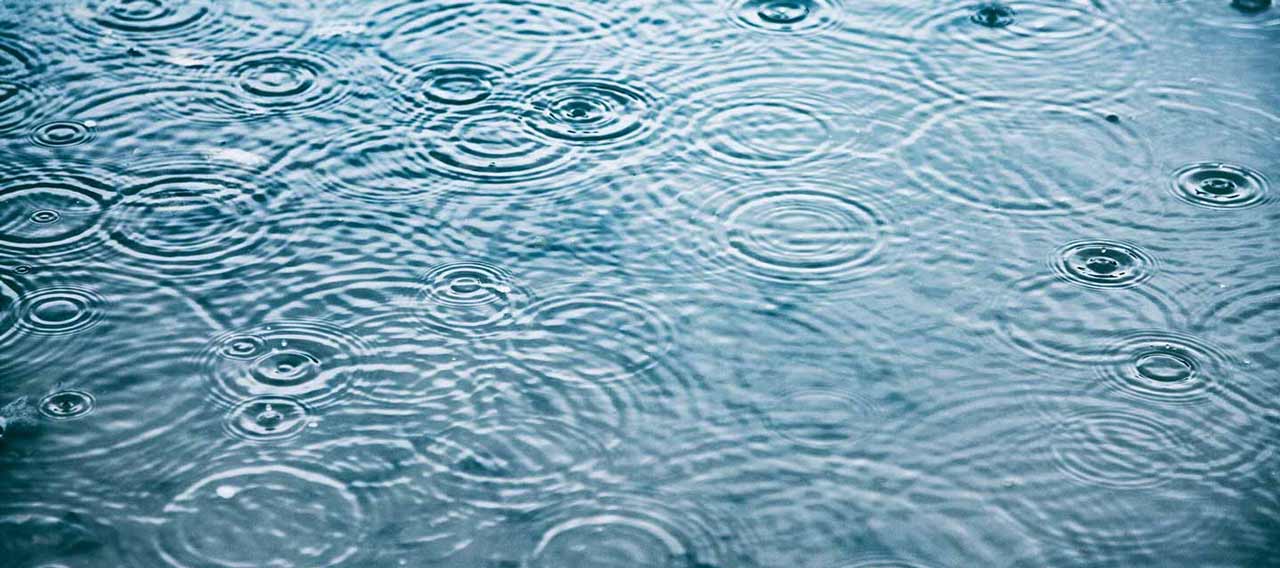- Individuals & Families
- Businesses
- Brokers

With winter on its way out, you may be ready for some spring cleaning.

Make sure you protect your classic cars from damage or additional wear and tear.

Keep your important papers and small valuables away from burglars, fire or natural disaster.

For over a hundred years, we’ve offered unparalleled stability and protection for small boats, yachts, luxury mega-yachts, and more.

Here are some things you can do to assist firefighters and minimize the damage to your home.

At their worst, disputes between professional service firms and their clients can lead to costly lawsuits.
To save money and improve your home’s energy efficiency, you’ll want to start with its outer shell – the walls, windows and doors – then move to the inside spaces. If you’re not sure what to do, contact your insurance company and ask if they have consultants who can assess your home and make recommendations.
1. Insulate the walls and attic
Old homes with big attics are notorious for leaking air due to inconsistent or thin insulation. If you hire a contractor, make sure they use an infrared camera during and after installing fiberglass, cellulose and most foam insulation, so they can see any voids or gaps.
2. Replace or upgrade windows
Replacing single-glazed windows will give you one of the biggest bangs for the buck, because ENERGY STAR-rated replacement windows are typically $15 more than other windows, and can result in a savings of about 12% in heating and cooling bills.1

3. Replace your old furnace
The age of your furnace may determine what you should do about it:
- Built before 1992 with a standing pilot: You may be wasting up to 35% of the fuel it uses. Replacing it with a condensing furnace with annual efficiency of at least 90% will save you more than 25% on your bill.
- Built after 1991: Ask a heating service technician or energy auditor to determine the efficiency level.
4. Improve your hot water heater’s efficiency
- Turn down the temperature of your water heater to the warm setting
- Insulate the hot water lines
- Install “on demand” hot water circulating loops and low-flow fixtures
5. Change air filters and tune up your HVAC equipment
An annual HVAC tune-up can help your system work more efficiently. You can also install a programmable thermostat and check to make sure all ducts are property sealed.

6. Use compact fluorescent lamps (CFLs)
The lighting cost of a CFL is less than one-third that of incandescents.
Insights and expertise



This document is advisory in nature and is offered as a resource to be used together with your professional insurance advisors in maintaining a loss prevention program. It is an overview only, and is not intended as a substitute for consultation with your insurance broker, or for legal, engineering or other professional advice.
Chubb is the marketing name used to refer to subsidiaries of Chubb Limited providing insurance and related services. For a list of these subsidiaries, please visit our website at www.chubb.com. Insurance provided by Chubb Insurance Company of Canada or Chubb Life Insurance Company of Canada (collectively, “Chubb Canada”). All products may not be available in all provinces or territories. This communication contains product summaries only. Coverage is subject to the language of the policies as actually issued.

